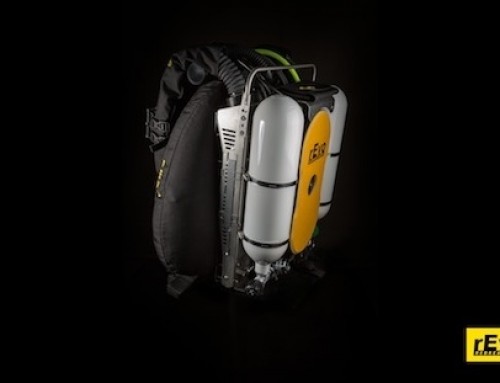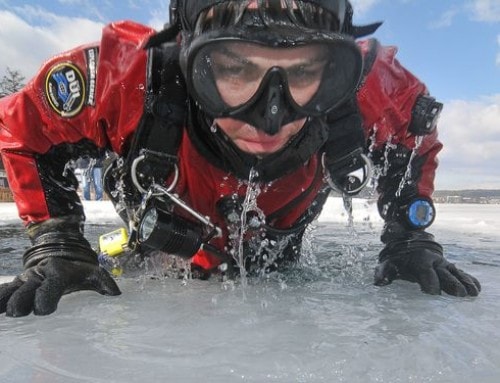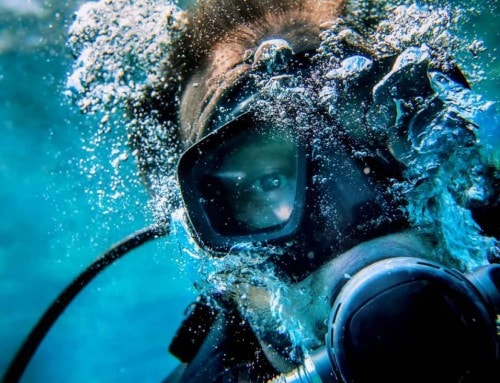Choosing Your Drysuit
As with any diving equipment purchase, price figures heavily in determining which drysuit you select. Because of the inherent technology and man-hours involved in assembling a DUI drysuit, the cost of the suit seems relatively expensive on the surface. However, a drysuit’s real worth is in its value – whether it be measured by number of dives, length of dives, or the ability to dive locally and year-round. No matter how you choose to define it, the true determination of a drysuit’s value is the level of comfort provided under any conditions in which you choose to dive. DUI drysuits are more comfortable – even when it comes to getting your money’s worth.
Choosing your DUI drysuit system requires some thought. To start this process, answer these three questions:
- In what diving activities are you going to participate?
- What range of water temperatures are you going to dive?
- What depth range do you plan to dive?
Consider the two basic drysuit design options. The “shell style” and the common “wetsuit foam neoprene style suits.”Each approach has advantages and disadvantages.
- Shell Style Suits: CF200 series, TLS series, and CLX series:
In this system, the shell keeps you dry, while the insulation you wear keeps you warm. Maintaining your personal “comfort zone” in a wide variety of water temperatures is as simple as changing the insulation. A big advantage of this system is that the insulation remains nearly constant with increased depth. - Foam style suits: CNSE:
The closed cell structure of this suit keeps you dry and provides basic insulation. Lighter undergarments may be worn in warmer environments or during relatively short exposures, but may be added as needed. This suit is less expensive, and is appropriate for casual recreational diving.




